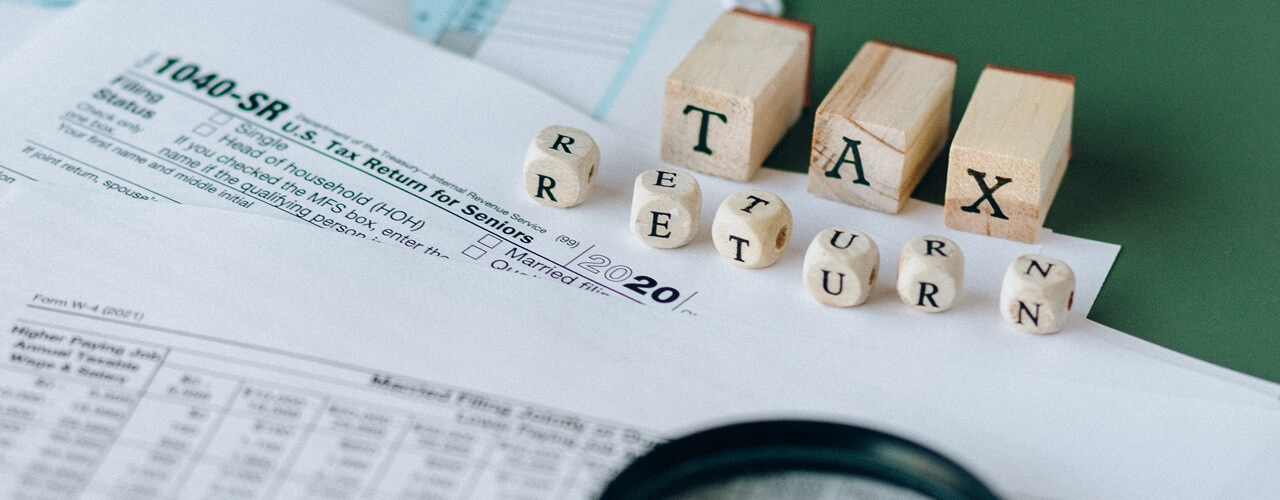
Table of Contents
Separation Pay Computation
Separation Pay Computation in the Philippines is the number of years served multiplied by 1 month’s pay or ½ month’s pay.

Remember:
- 1 month’s pay is used when the employee was terminated due to Redundancy or Installation of Labor Saving Devices
- ½ month’s pay is used for Retrenchment to prevent losses or Closure of Business
- The Separation Pay Computation should include regular allowances as well.
- Note also that for the purposes of Separation Pay Calculation, a fraction of at least 6 months is considered a year.
- An employee will not get less than 1-month of Separation Pay.

Let’s do an example:
Cristina has worked at ABC company for 2 years and 7 months.
Cristina’s basic pay per month is 10,000 with a Regular Allowance for living expenses of 500 per month.
Cristina has a sales Performance Bonus of an average of 3,000 a month.
Cristina was terminated due to Retrenchment.
Cristina’s Separation Pay Calculation is:
- Basic pay of 10,000 plus Regular Allowance of living expenses of 500 per month for a total Separation Pay of 10,500
- Performance Bonus is not included because this is earned by Cristina’s performance and is not a Regular Allowance [R. 75510]
- 2 years and 7 months is considered 3 years (7 months is a fraction of a year over 6 months and is considered a full year for Separation Pay Calculation)
- ½ for a total Separation Pay of 10,500 is used because of Retrenchment
So, Cristina’s Separation Pay Computation would be:
10,500 x 0.5 x 3 years = 15,750

Does Separation Pay Philippines always include Regular Allowances?

Separation Pay Philippines should include Regular Allowances.
However, what is a Regular Allowance?

The Supreme Court has stated that it is not just whether or not it is received customarily but also the nature of the grant that should be considered.
So, even if you receive a Regular Allowance, you have to consider why that is being received.
In GR 122827, The Supreme Court did not consider the following Regular Allowances because they were given temporarily due to the conditions the employees were in.
- Staff/Manager’s Allowance (Housing Allowance)
- Transportation Allowance
- Bislig Allowance

Let’s explain further and use the Bislig Allowance in this case.
The Bislig Allowance was an Allowance due to the hostile conditions in that area.
Once the officer is transferred outside Bislig, the allowance stops.
Therefore, these cannot be considered Regular Allowances and are not included in the Separation Pay Computation.
Who is entitled to Separation Pay Philippines?

I am often asked, “Who is entitled to Separation Pay Philippines?”
The cause of the termination determines who is entitled to Separation Pay Philippines.
Employees who are terminated due to Retrenchment, Redundancy, Closure of Business or the Installation of Labor Saving Devices are entitled to Separation Pay. [Art 283 Labor Code Philippines]
Also, Termination Due to Illness if the illness cannot be cured in 6 months and continued employment would be damaging to his or his co-employees’ health. [Art 284 Labor Code Philippines]
Is there Separation Pay for a Resigned Employee?
No, there is generally no Separation Pay for a Resigned Employee.

This is as per DOLE as well.
The reason is simple –
Separation pay is when there is Termination under Art 294 and 293 of the Labor Code.
There is no Termination when an Employee resigns and so the answer to “Is there Separation Pay for a Resigned Employee?” is No.
What is the Difference between Separation Pay vs Retirement Pay?

The difference between Separation Pay vs Retirement Pay is Separation pay is paid when the employee is terminated for Art 294 and 293 of the Labor Code.
Retirement Pay is paid when the employee retires from 60 to 65 years old.
Separation Pay vs Retirement Pay is thus really different and is applied for different reasons.
Separation Pay Philippines: Is it taxed?

Separation Pay Philippines is not taxed.
In GR 226064, the Supreme Court clearly states:
Because it was a separation pay, it should not have been subjected to income tax.
So, there should be no income tax deductions applied to the Separation Pay Computation.
Is there Separation Pay for Contractual Employees?

The answer to “Is there Separation Pay for Contractual Employees?” is no, not generally.
A Contractual Employee ends his service when his contract ends, so he was not terminated.

Separation Pay Philippines is applied when there is termination.
However, if the Contractual Employee is dismissed before the contract ends, then he might be entitled to Separation Pay.
There is that one exception.
So generally, no is the correct answer to whether there is Separation Pay for Contractual Employees.
Is there Separation Pay for Probationary Employees?

When asked, “Is there Separation Pay for Probationary Employees?”, I will answer yes if they were terminated according to Art 293 or 294 of the Labor Code of the Philippines.
Who is entitled to Separation Pay Philippines does not depend on the employee type.

What matters is the reason for the termination.
So long as the termination is for Art 293 or 294 of the Labor Code of the Philippines, there is Separation Pay.
So, there is Separation Pay for Probationary Employees in much the same way that there is Separation Pay for Contractual Employees.
Now, is there Separation Pay for Probationary Employees who have worked only a month?
Yes, because there is a minimum amount that has to be given of 1 month.
So the Separation Pay for Probationary Employees who have worked only a month would get this minimum amount.

